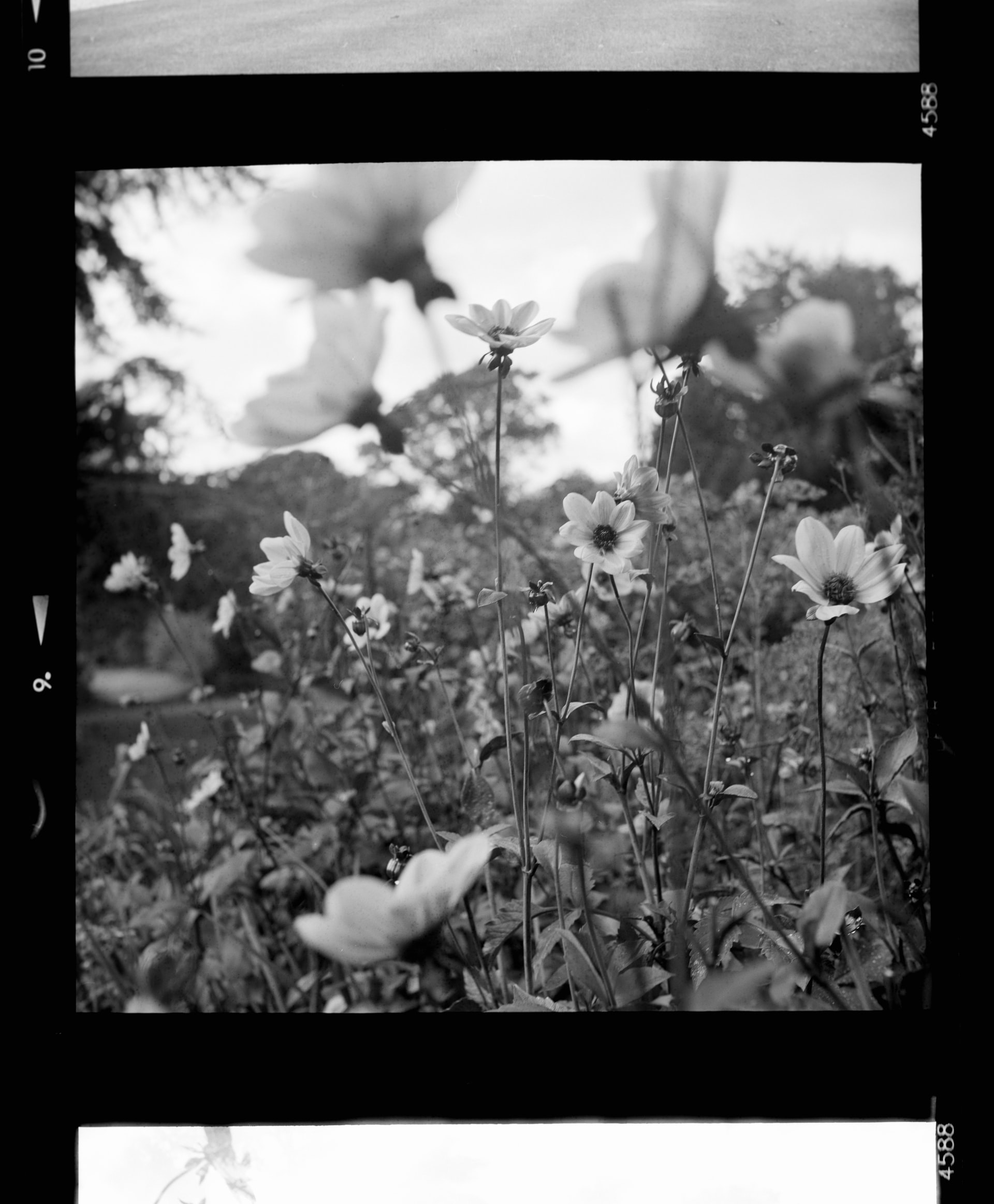
Medium format negatives are larger in size than conventional film negatives, typically measuring between 6x7cm and 6x9cm. These negatives allow for greater detail and clarity than smaller formats, making medium format ideal for high-quality landscape photography or portraiture. The cameras used to capture these negatives are also different from traditional 35mm film cameras. Typically, medium format cameras are single lens reflex models that use larger lenses to capture higher levels of detail and resolution. And because these cameras deliver better image quality than smaller formats, they also tend to be more expensive and complex to operate. Despite their complexity, however, medium format cameras remain a popular choice among professional photographers who are seeking superior results from their images. Whether you are taking pictures of sweeping landscapes or up-close portraits, a medium format negative can help to ensure that your images look stunning at every stage of the process. So if you’re looking for the highest level of quality and precision in your photographs, then be sure to consider shooting with a medium format camera.
Medium format film types
No doubt you’ve seen these cool filters and frames on Instagram that emulate medium format film stocks, but if you want to know where they originate from, then here you are.
Medium format film is 6cm wide, and is called 120 roll film.
The most common sizes of negative are typically either 6×4.5 otherwise referred to as 645

Or square, 6×6

Don’t forget that the strip of film is simply that, a strip. It doesn’t have a designated frame for each picture so the size of the picture is determined by the camera. whether its 6×6 or 645, they will still take the same 120 film, it just means you’ll get more pictures on one than the other.
Advantages of medium format vs 35mm
The negatives are huge, about twice the size of 35mm, so the amount of detail captured in a medium format file or negative is huge by comparison. The medium format cameras that survive today are also manufactured by high end camera producers, this means the quality of the lenses is much greater, allowing for much finer capture of detail in the image and much greater resolving power.
The size of the negative also gives you much greater latitude for cropping the image, you can crop out half of the frame and still have a n image that is equivalent to a 35mm photograph.
Because of the size of the negatives, the effect on focal length is much more exaggerated which gives you much shallower depth of field.
